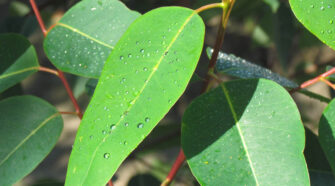Raw Materials

Defining Cotton Recycling At the Next Level
Since 2019, Säntis Textiles has been producing around 300-350 tons of 100% recycled cotton monthly using specially-developed RCO100 technology at the plant of its partner Kipas in Kahramanmaras, Turkey.The technology …

Elevating Viscose Circularity: Lenzing Expands REFIBRA™ Technology to LENZING™ ECOVERO™
LENZING™ ECOVERO™ with REFIBRA™ technology incorporates up to 20% of recycled raw material content from post-consumer textile waste. The goal is to further increase this ratio in the future.

Advances in Bio-Based Fibers
A Primer on the Sustainable Golden Ticket Bio-based fibers are the fiber industry’s response to the world’s calls for sustainability. However, the term “bio-based fiber” is often used loosely. In …

Potential in Bio-Based Fibers & Yarns
A Pathway to Sustainable Textiles The global textile industry involves the production, processing, and distribution of various fibers, fabrics, and finished textile products. It encompasses a wide range of activities, …

Can Cellulose Fibers Fill the Cotton Gap?
Cellulose as a Raw Material Could Be the Answer to Future Textile Demand Cellulose fibers are steadily making their way into a wide range of applications, including textiles, hygiene products …

